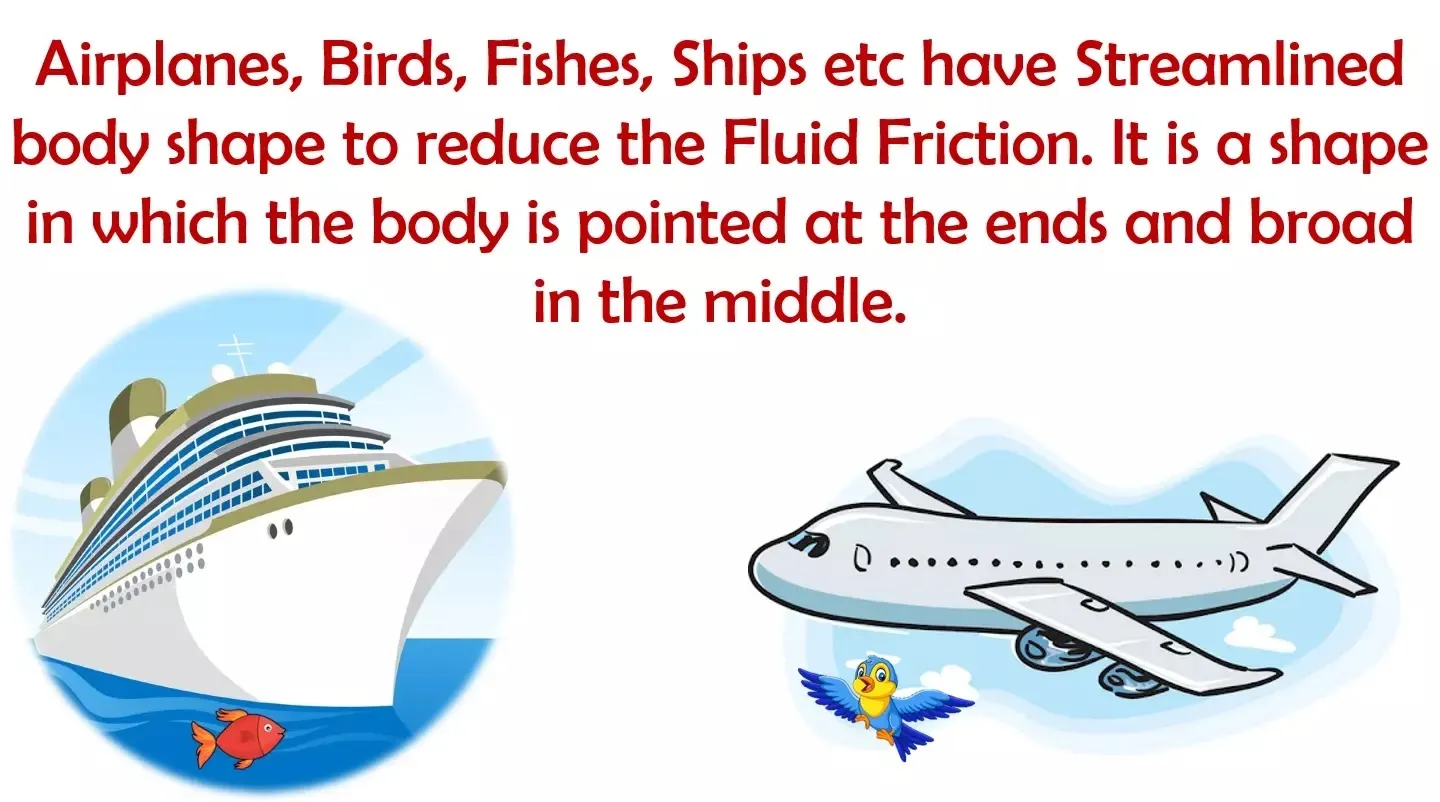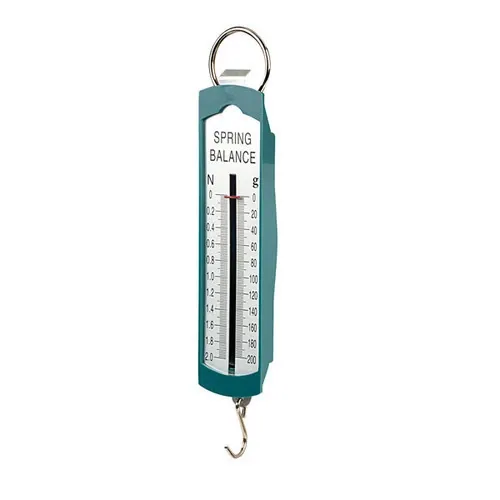Chapter 12 - Friction Notes
1. Force of Friction
Force of friction is the force which opposes
the motion of an object over a surface. The force of friction acts
between the object and the surface.
Example: A ball rolling on ground gradually slows down and comes to rest due to friction between the ball and the ground. If we stop pedalling the bicycle, it gradually slows down and comes to rest due to force of friction between the wheel and the road.
2. Factors effecting Friction
Force of Friction depends upon the two factors:
• Nature of surface in contact (The smoothness of the surface)
• How hard the surfaces press together. Friction is less on a smooth surface. Friction is more on rough surface.
• Friction is more if the surfaces are pressed harder. Friction is less if the surfaces are not pressed harder.
3. Cause of friction
• Friction is caused due to interlocking of irregularities between the two surfaces in contact.
• Smooth surfaces have minute irregularities between the two surfaces.
• Rough surfaces have larger irregularities between the two surfaces.
• So force of friction is more if the surfaces are rough.
4. Types of friction
There are three main types of friction -
• Static friction
• Sliding friction
• Rolling friction
→ Static friction is the friction exerted on an object at rest.
→ Sliding friction is the friction exerted when an object slides over a surface.
→ Rolling friction is the friction exerted when an object rolls over a surface.
→ Sliding friction is less than static friction. Rolling friction is less than sliding friction.
5. Friction is sometimes useful
→ Friction is useful for many of our daily activities.
→ Friction between the feet and ground helps us to walk on the ground.
→ It is possible to write with pen or pencil on a paper due to friction between the pen or pencil and a paper.
→ It is possible to write on a blackboard due to friction between the chalk and the blackboard.
→ Friction between the tires and the road helps automobile to move on roads.
→ Friction between the bricks help in the construction of buildings.
6. Friction is sometimes undesirable
→ Soles of shoes wear out due to friction.
→ Tires of bicycles and automobiles wear out due to friction.
→ Steps of staircases and foot over bridges in railway station wear out due to friction.
→ Knives and razors lose their sharpness due to friction.
7. Increasing Friction
Friction can be increased by increasing the roughness of the surfaces in contact.
Example:
The soles of shoes are grooved to have a better grip on the floor. The
tires of vehicles are treaded to increase the grip on the road. The
brake pads of vehicles are rough to stop moving vehicles when the breaks
are applied. Gymnasts apply some coarse substance on their hands for a
better grip.
8. Reducing Friction
Friction can be reduced by:
• Using lubricants like powders or oils and grease.
• Using rollers or wheels.
• Using ball bearings.
• We sprinkle powder on a board to reduce friction.
• Oil or grease is applied between moving parts of machines reduce friction.
• Rollers are used in luggage bags to reduce friction.
• Wheels are used in vehicles to reduce friction.
• Ball bearings are used in ceiling fans, bicycles and vehicles to reduce friction.
9. Fluid Friction
Fluid
Friction is the force of friction exerted by liquids and gases on
objects moving through them. Fluid friction depends upon:
• The speed of the object.
• Shape of the object.
• The nature of the fluid.
Example: Birds flying in air have streamlined body to reduce fluid friction. Fishes living in water have streamlined body to reduce fluid friction. Aeroplanes and Space Crafts have streamlined body to reduce fluid friction.
10. Spring Balance
Spring balance is a device used for measuring the force acting on an object. It consists of a coiled spring which gets stretched when a force is applied to it. Stretching of the spring is measured by a pointer moving on a graduated scale. The reading on the scale gives the magnitude of the force.
11. Friction can also produce heat. Vigorously rubbing your palms together for a few minutes can produce heat.
12. The substances which reduce friction are called lubricants. In some machines, it may not be advisable to use oil as lubricant. An air cushion between the moving parts is used to reduce friction.
13. Can we reduce friction to zero by polishing surfaces or using large amount of lubricants?
Friction can never be entirely eliminated. No surface is perfectly smooth. Some irregularities are always there.
14. In science, the common name of gases and liquids is fluids.
15. The frictional force exerted by fluids is also called drag.
16. The frictional force on an object in a fluid depends on its speed with respect to the fluids.





No comments:
Post a Comment